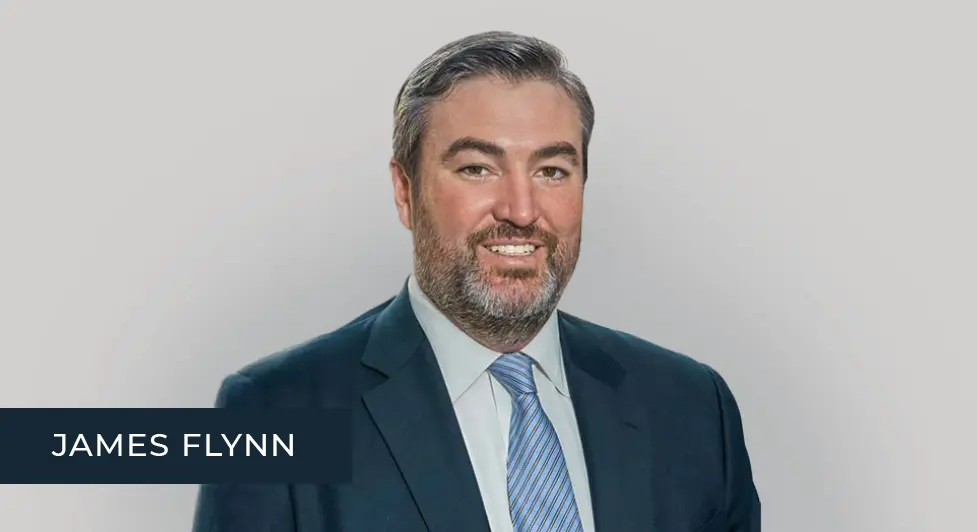For multifamily investors and owners, the last three years have been a wild ride. In 2021, with rent growth soaring, vacancy rates hitting record lows, and low-cost capital readily available, sales reached an all-time high. When the Fed began to rapidly ratchet up interest rates in 2022, it was as if a switch had been thrown. Rent growth slowed in 2023 to a snail’s pace, and MSCI Real Assets reported that year-over-year sales volume dropped 61%. Investors spent most of 2023 standing on the sidelines, peering into the future and hoping to gain some clarity.
The good news from Lument’s February In Conversation webcast—Threading the Needle: Making the Most of 2024—is that the multifamily outlook is now coming into focus. Looking ahead, our panelists, NMHC president Sharon Wilson Géno and Dan Sterner, principal at Boston-based Forest Properties, see rent growth recovering, the bid-ask gap closing, and transactions gradually picking up over the course of 2024. Their views on the economy echoed those of our audience, 62% of whom indicated in our webcast poll that they anticipate one or two rate cuts by the end of the year.
These sentiments were consistent with the “cautiously optimistic” mood Sharon observed at the recent NMHC Annual Meeting and Apartment Strategies Conference. And Dan announced that Forest Properties, which had been in a holding pattern, has joined the ranks of net buyers. “We are feeling more positive as a firm than at any other point in the past two years,” he declared.
But the future is not without its challenges. Among them, according to Sharon and Dan, are sharply rising insurance costs, oversupply in a number of markets, and a wave of maturing loans that will reset at much higher rates. But overall, both were confident in multifamily fundamentals weathering this turbulence, noting that, nationally, demand substantially exceeds supply and will continue to do so for the foreseeable future.
Insurance Surges
Insurance costs have spiked this year, especially in areas exposed to extreme weather events like hurricanes. Although headquartered in Boston, Forest Properties has several assets in Florida, so Dan has had first-hand experience wrestling with this issue. He noted that securing full coverage in Florida for contingencies like wind damage has become cost-prohibitive. “Even after working closely with our insurance broker and accepting higher deductibles, Forest has seen a 15% to 20% jump in costs,” he said.
But as Sharon noted, insurance is quickly becoming a national issue. “In response to our members’ concerns, NMHC has spent an enormous amount of time on insurance during the past nine months, surveying members to better understand the challenges they are facing,” she said. “One of our findings is that insurance premiums are increasing in areas quite distant from the coasts like the Midwest, where flooding claims are on the rise.”
Sharon highlighted a number of steps that investors are taking in an attempt to slow the rise in premiums. Representatives from the larger companies are flying to London and other reinsurance hubs to help reinsurers better understand the risks associated with their portfolios. “This sounds like an extreme measure, but these investors clearly feel that this is a good use of their time,” she said.
Sharon also noted that some multifamily companies have created captive insurance companies to manage premium costs. Such a strategy makes most sense for those with multistate portfolios, which allows them to blend their risks. The downside, she pointed out, is that “when you are taking more of the risk on yourself, you are diverting capital that could be used for new product.”
In the meantime, Sharon indicated that NMHC has been trying to raise the flag at the federal level. “While insurance is largely a state and local matter, the federal government is beginning to realize that that rising multifamily insurance costs can have a huge impact on housing starts and housing supply,” she said.
The Oversupply Overhang
As Sharon’s comments on insurance suggest, the issues confronting the multifamily industry should ultimately be seen against the background of our systemic housing shortage. In the short term, however, the challenge is dealing with the bulge in apartment supply caused by pandemic-related supply chain disruptions and inflation, which is depressing rents in growing markets like Austin, Nashville, and Phoenix.
The Forest Properties portfolio, largely split between New England and Florida, illustrates the differential effects of oversupply. “Florida went from the top of our rent growth rankings in 2021 and 2022 to the bottom,” Dan said. “We are feeling pressure in Florida, but not seeing it as much in our Northeast markets.” He pointed out that it was not just the influx of new households to select markets that determines supply/demand dynamics. “In 2021 and 2022, every developer in the Northeast wanted to start a project, but such barriers to entry as land-use regulations discouraged them.”
Both Dan and Sharon see oversupply burning off over the next year and that, with construction starts down sharply, demand will once again drive rent growth. “The pause in development is going to come home to roost in 2026, 2027, and 2028,” Sharon said. “We will find ourselves back to where we were with high demand and low supply.”
Rent Growth and Affordability
Sharon and Dan pointed out that rent growth, while good for multifamily investors, will inevitably focus more attention on the affordability crisis—and inevitably lead to calls for rent control, which they both decry as short-sighted. Sharon noted that in January, NMHC updated its 2018 review of rent regulation research, which showed that rent control hurt renters as well as landlords. “We found that rent control led to fewer options for renters and, in many cases, increased rents,” she said. “At the same time, it discouraged investment, made it difficult for owners to maintain their investment, and decreased the value of their properties.”
But as Dan observed, when faced with a politically expedient solution such as rent control, it is not enough for the multifamily community to simply oppose it. “We have to develop and offer solutions,” he said. The panelists discussed several methods to increase the amount of affordable housing, including revising and expanding the low-income housing tax credit program, expanding the Section 8 program, revising zoning codes, and enacting carefully structured tax abatement programs.
“There is no one silver bullet,” Sharon said, “but the long-term answer is clear: we have to build more housing at all price points.” She noted that NMHC has joined the Housing Solutions Coalition to promote workable solutions to the housing crisis and urged other multifamily organizations to support its efforts.
Cautiously Optimistic
The recovering economy and the prospect of at least one or two rate cuts this year have led investors like Forest Properties to begin actively bidding on deals. The company’s position reflects the views of 27% of the webcast audience who said they would be net buyers over the course of 2024. A reason for their posture may be that they see opportunities arising from the approximately $200 billion of multifamily debt maturing this year.
The panelists’ consensus is that those sponsors who are reasonably well-capitalized will refinance successfully. Although some may have to secure additional equity investment, there is ample capital on the sidelines ready to address their needs. Those with floating rate debt coming due may have more difficulty. “There is the sense that lenders are going to be more open to extensions than they were after the Great Recession, but they are going to reach their limit,” Sharon said. “There will probably be a modest number of defaults.”
There will, however, be ample competition for distressed properties that come on the market, and finding a bargain will not be easy. “We are bidding based on where we think the numbers come out for a specific deal and are consistently surprised by what our competition is willing to pay,” Dan said. As more transactions are completed at these prices, the bid-ask gap between sellers and buyers will decrease.
Taking the longer view, both Sharon and Dan see multifamily fundamentals remaining strong, but believe that economic and demographic trends have the potential to reshape the multifamily market. “One of the lessons of the pandemic is that people have enjoyed the flexibility of working from home—and I believe that change of perception will affect how they view the homes they rent or own,” Sharon said. “People are starting to feel that they can choose different housing styles to meet different needs at different stages in their lives—and that may mean that developers will be building more targeted product than they do now.”

